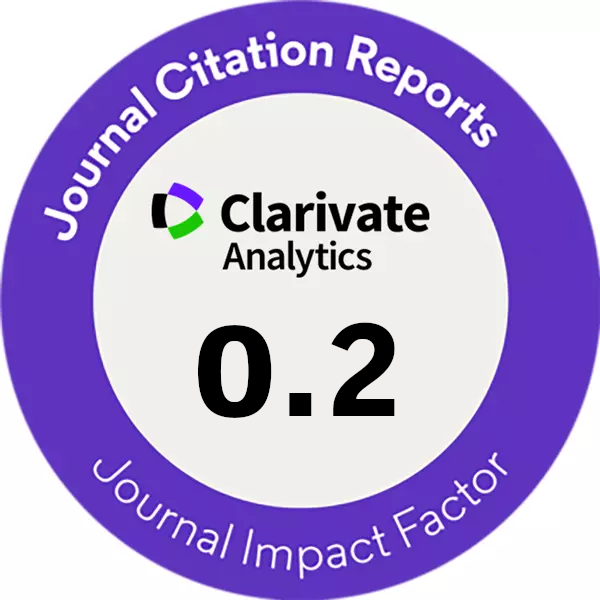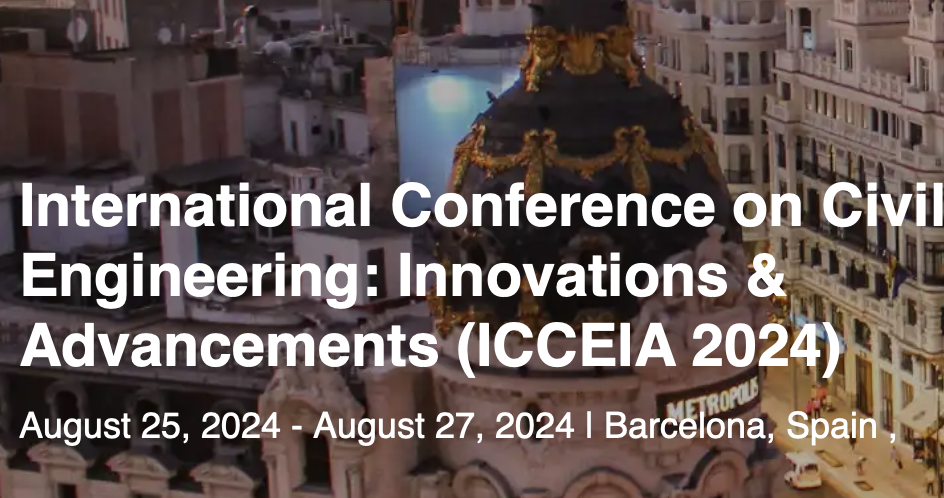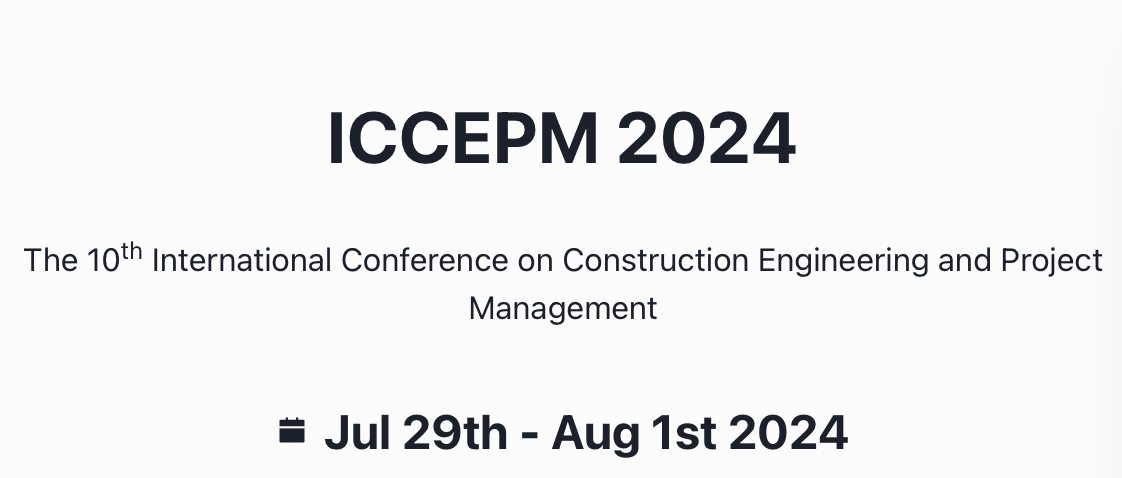EFFECT OF SEGMENT DISLOCATION ON THE MECHANICAL PROPERTIES OF LINED TUNNELS IN A COMPLEX ENVIRONMENT
DOI:
https://doi.org/10.14311/CEJ.2024.01.0002Keywords:
Tunnel, Lining dislocation of the segment, Lined construction, Mechanical performance analysisAbstract
In complex environments, tunnels with a lined structure are more affected by the dislocation of a segment. This study uses finite element simulations to further investigate the relationship between environmental changes and segments in lined tunnels. Tunnels with and without a lining are simulated under varying strata resistance, buried depth, and water level conditions. The horizontal and vertical displacements and stress changes in the two tunnels are compared when segment dislocation occurs. The results show that the lateral displacement of the tunnel is relatively stable and less influenced by external loads. However, the longitudinal displacement change is the opposite, and it increases significantly when the displacement exceeds 10 mm. When the lined tunnel is subjected to a large external load and misalignment occurs, the performance of the tube sheet joint bolts deteriorates, resulting in a stress decrease. Furthermore, the lined tunnel exhibits an increased ability to resist deformation and does not exactly follow the law of small displacements from small misalignments. When a large misalignment occurs, the lined tunnel may be damaged by elliptical deformation along the 45° direction, and its internal forces would be much larger than those of the unlined tunnel.
Downloads
References
Pan Li, et al."Comprehensive health assessment of shield tunnel structure based on prototype experiment." Journal of Central South University 25.3(2018).
Koga D R, et al."Frame structure analysis model for the effect of typical tunnel diseases on lining structure." IOP Conference Series: Earth and Environmental Science 861.4(2021).
H.H. Mo, ,and J.S. Chen."Study on inner force and dislocation of segments caused by shield machine attitude." Tunnelling and Underground Space Technology incorporating Trenchless Technology Research 23.3(2007).
Zhan Wang, et al."Failure mechanism of tunnel lining joints and bolts with uneven longitudinal ground settlement." Tunnelling and Underground Space Technology incorporating Trenchless Technology Research 40.(2014).
Diemer D M , Miller M L , Pratt D L , et al. Seismic Evaluation and Improvement Program for a Major Water System[C] Lifeline Earthquake Engineering. ASCE, 2014.
Yufeng Gao, et al."Scattering of Plane and Cylindrical SH Waves by a Horseshoe Shaped Cavity." Journal of Earthquake and Tsunami 11.2(2017). doi:10.1142/S1793431116500111.
Deng Botuan, et al."Rationality determination method and mechanical behavior of underground utility tunnels in a ground fissure environment." Bulletin of Engineering Geology and the Environment 81.1(2021).
Wu Qingdong, et al."Displacement Prediction of Tunnel Surrounding Rock: A Comparison of Support Vector Machine and Artificial Neural Network." Mathematical Problems in Engineering 2014.(2014).
Yang J , Wang H . Seismic Response Analysis of Shallow Utility Tunnel in Liquefiable Soils[C]// CMI conference Beijing.
Maosong Huang, et al."Upper bound solutions for face stability of circular tunnels in non-homogeneous and anisotropic clays."Computers and Geotechnics98.(2018).
H. D. Morgan."A Contribution to the Analysis of Stress in a Circular Tunnel." Géotechnique 11.1(1961).
Chen,J.S, et al. "Numerical study on crack problems in segments of shield tunnel using finite element method." Tunnelling & Underground Space Technology 24.1(2009):91-102.
Mo,H.H, et al"Study on inner force and dislocation of segments caused by shield machine attitude." Tunnelling and Underground Space Technology 23.3(2008):281-291.
Dejun Liu, et al."Structural responses and treatments of shield tunnel due to leakage: A case study." Tunnelling and Underground Space Technology incorporating Trenchless Technology Research 103.(2020).
Mei Yuan, et al."Study on the Floating Law of Metro Segments in Water-Rich Sandy Silt and Silty Clay Strata." KSCE Journal of Civil Engineering 26.6(2022).
Yun Wang. Study on the floating mechanism and prevention technology of subway tunnel segments in hard rock area [J].Railway construction technology, 2022 ( 12 ) : 170-173 + 206.
M.B.Zhou.Research on mechanical response and construction control technology of segment structure of river-crossing shield tunnel [D].Hunan University of Science and Technology, 2017.
Z.Wang, et al."Failure mechanism of tunnel lining joints and bolts with uneven longitudinal ground settlement." Tunnelling and Underground Space Technology incorporating Trenchless Technology Research 40.(2014).
R.Guo, et al." Research on the stability of shield tunnel tube sheet lining structure." China Journal of Highway and Transport 28.06(2015):74-81.
Feng Kun, et al."Study on mechanical behaviors of large diameter shield tunnel during assembling." SMART STRUCTURES AND SYSTEMS 21.5(2018).
Downloads
Published
Issue
Section
License
Copyright (c) 2024 Stavební obzor - Civil Engineering Journal

This work is licensed under a Creative Commons Attribution-NonCommercial 4.0 International License.
Authors who publish with this journal agree to the following terms:
- Authors retain copyright and grant the journal right of first publication with the work simultaneously licensed under a Creative Commons Attribution License that allows others to share the work with an acknowledgement of the work's authorship and initial publication in this journal.
- Authors are able to enter into separate, additional contractual arrangements for the non-exclusive distribution of the journal's published version of the work (e.g., post it to an institutional repository or publish it in a book), with an acknowledgement of its initial publication in this journal.
- Authors are permitted and encouraged to post their work online (e.g., in institutional repositories or on their website) prior to and during the submission process, as it can lead to productive exchanges, as well as earlier and greater citation of published work (See The Effect of Open Access).
How to Cite
Accepted 2024-01-25
Published 2024-04-30









